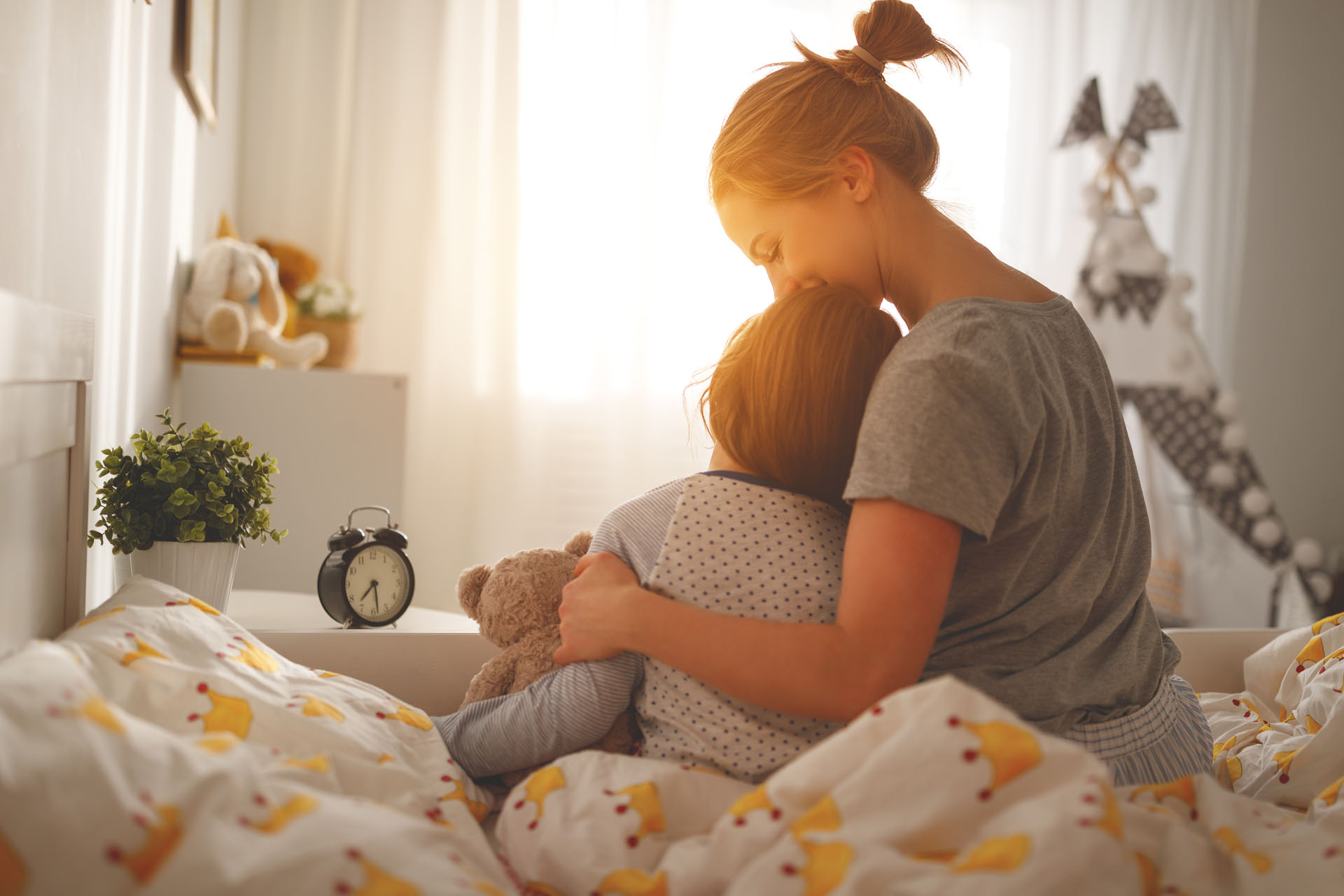Health
4 min Read
Dealing with growing pains

March 28, 2013
Health
4 min Read

March 28, 2013

 We’ve all been there. You’re curled up on the couch after putting the kids to bed. The kitchen is cleaned and lunches are packed. The movie you’re watching is just getting good. Suddenly, an earsplitting shriek from your child’s room
We’ve all been there. You’re curled up on the couch after putting the kids to bed. The kitchen is cleaned and lunches are packed. The movie you’re watching is just getting good. Suddenly, an earsplitting shriek from your child’s room
has you on your feet, your popcorn and fuzzy blanket tossed aside. Sometimes it’s a bad dream. Sometimes it’s night terrors. And often, if your child is over the age of two, it’s growing pains.
Dr. Ron El-Hawary, Chief of Orthopedics at Halifax’s IWK Health
Centre, says 20 percent of children between the ages of two and 12 experience growing pains. “A lot of kids are too young to be able to characterize it. When you ask where it hurts, they point all over – it’s really diffuse,” says Dr. El-Hawary.
There are a number of standard symptoms that are easily diagnosed as growing pains. The pain can be sharp or dull, but the location is consistent. Often related to activity, children typically feel the pain in their shins or calves and in both legs at the same time. It either occurs late in the day or awakens the child at night and disappears in the morning. “If it fits into that package quite neatly, your child’s physical examination is normal and there’s no swelling or tenderness in that area, then we don’t need to investigate further,” says Dr.
El-Hawary.
Although many people believe that the pain is the result of stretched muscles during a period of growth, Dr. El-Hawary believes that the term “growing pains” is a bit of a misnomer. “We don’t always know exactly what causes it. Most children with growing pains are between five and 10 years of age and that’s not really a big time for growth,” he explains. “There’s a theory that it’s just muscle fatigue and more theories that are related to circulation.”
If there is any doubt about the cause, parents should always mention pain symptoms to their family physician in order to rule out more serious conditions like an infection, tumour or injury.
“If your child is responding to massage and light analgesics, like Tylenol and ibuprofen, and they’re functioning well during the day, you can probably assume that it’s growing pains,” says Dr. El-Hawary. “But if it’s not following that pattern exactly, take your child to see your primary care physician and get their opinion.”
More often though, your child is experiencing a simple case of growing pains. There’s a lot that you can do to help. Next time your child wakes up in pain, try massage, calf stretches, a warm bath or an acetaminophen-based pain reliever such as Tylenol. Your child will quickly be tucked back into bed and you’ll get to finish that movie.
Halifax massage therapist Amanda Crocker says if your child is experiencing growing pains,
you may want to consider working a bath, massage and stretches into your child’s bedtime
routine. Try this:
Start with a warm bath: Run your child a bath, heated to about 102°F. Mix one to three
drops of essential oils (spearmint, lavender or sweet marjoram) with a tablespoon of child-safe carrier oil (almond oil or apricot kernel oil). Add the mixture to the bath and let your child soak for about 20 minutes. Do not apply the essential oils directly to the skin or the water without mixing with the carrier oil.
Stretch it out: Have your child lie back on his or her bed. Hold their toes and push their foot gently towards their shin. Stop pushing when you meet resistance and hold their foot in that position for 15 or 20 seconds. You can also increase circulation and flexibility in your child’s hamstrings by holding their toes and rotating them in and out.
A soothing massage: Using some of the leftover mixture of essential oil and carrier oil, gently massage your child’s legs. The technique is very basic – simply rub the area that is prone to pain.
If that doesn’t work: If your child is still waking up once or twice every night, you may want to seek out professional massage therapy or physiotherapy.
Originally published in ParentsCanada magazine, April 2013.